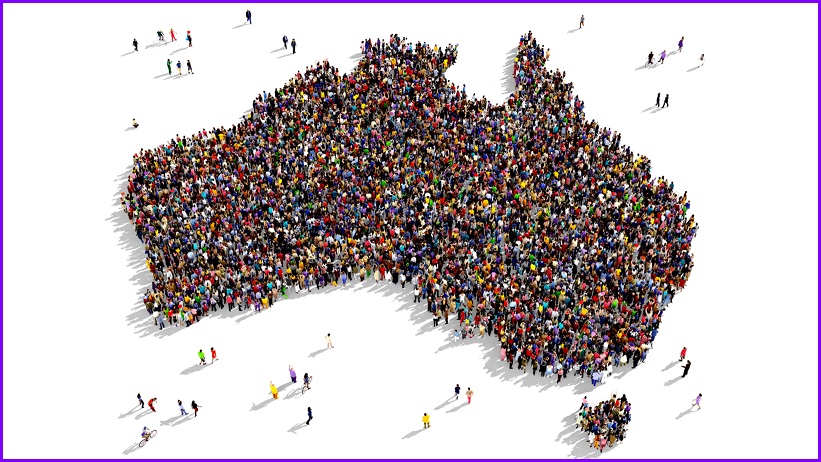Fully 79 per cent of Census forms were completed online rather than paper, the Australian Bureau of Statistics (ABS) has revealed, as the first release of Census 2021 data reveals just how much 18 months of the COVID-19 pandemic changed Australia’s demographics.
Ongoing lockdowns and widespread working-from-home (WFH) arrangements had kept Australians homebound much more than normal, the ABS said, noting that there were 2.18m more people at home on Census night, 10 August 2021, than at the previous population survey in 2016.
That Census – which was hampered by technical issues tied to inadequate capacity, cyber security planning and understanding – was close to mind as the completely rewritten, cloud-based 2021 interface was put through its paces and ultimately performed as expected.
“Many people commented on how easy it was to complete the Census and receive help if they need it,” the agency noted as it ran down its notes on the process.
Some 6.1m forms were completed through the Census Digital Service during the first 24 hours of the Census, with up to 140.8 submissions lodged every second – compared to just 126,637 paper forms submitted during the same time.
The surge in online lodgement helped to increase the overall completion rate of Census forms from 95.1 per cent of households in 2016, to 96.1 per cent last year.
The preference for online rather than paper forms reflected the ABS’s efforts to deliver a contactless and COVID-safe Census, Australian statistician Dr David Gruen said, noting that the survey “was conducted at an unprecedented time in Australia’s history and provides a unique snapshot of the population during the COVID-19 pandemic.”
WFH by the numbers
The success of the online Census has motivated the ABS to design the coming 2026 Census with a “digital first approach”, the agency said, informed by ‘privacy by design’ and ‘security by design’ principles including continuous security testing at every stage of development and deployment.
In the shorter term, however, the release of additional data sets in October will add more layers to the understanding of just how the pandemic-era surge in work-from-home (WFH) arrangements changed the population’s mobility patterns, employment situations, occupations, and internal migration patterns.
A third release, scheduled for early to mid-2023, will publish data on more complex topics such as distance to work, and area-based socio-economic indices.
The current figures have already cast new light on the pandemic’s effects, with a marked decrease in the number of overseas visitors registered in the latest Census – from 315,531 in 2016 to 61,860 in 2021.
Similarly, Australia had welcomed just over 1m new migrants since 2017 but 850,000 of these arrived here before the pandemic began – meaning just 165,0000 new Australians came to the country during 2020 and 2021.
Such migration patterns have a direct relationship with the ongoing skills gaps in STEM and other priority areas, which have pushed government bodies to consider a raft of new initiatives including stronger outreach to Indian institutions and more attractive visa terms.
Validating a choice made during the formulation of the 2021 Census, the new survey also marked the removal of questions about home Internet access – seemingly a non-issue anymore given the high rate of online lodgement – and added questions about respondents’ long-term health conditions and prior Australian Defence Force service.
The strong rate of online form completion through what the ABS called the “no-login pathway” turned out to be particularly helpful to the organisation as it struggled with workforce issues during the planning and execution of the survey.
Despite hiring 32,000 field staff to assist with the Census, the ABS noted that “attrition was a considerable issue” as around 20 per cent of those employees left before completing their contracts.
And while many had indicated they were willing to travel on the application form, when asked to travel many employees “were not willing to travel for work outside of their immediate local area,” the ABS said.
To compensate, the agency used a range of measures including sending forms out earlier than planned, setting up travel teams, setting up community pop-up hubs, and allowing people to complete the Census online without getting paper instructions first.
“COVID-19 impacted on the ability and willingness to work in roles that involved interacting with members of the public, despite safety measures in place,” the ABS said. “This provided challenges to completing workloads in some areas.”










